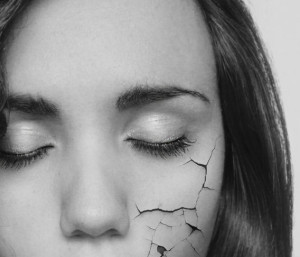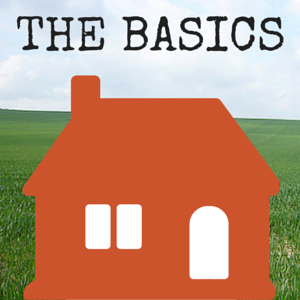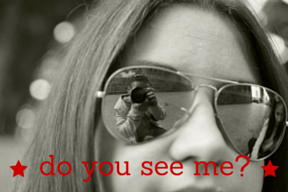 The Puberty Basics lessons included in Changes, Changes, Changes are as follows:
The Puberty Basics lessons included in Changes, Changes, Changes are as follows:
Physical Anatomy And Puberty Changes
Experiencing Puberty
How Hormones Affect Puberty Changes
Life Is A Roller Coaster Ride
Puberty Sketchionary
Pop Goes Puberty
Cleaning Up Misconceptions About Acne
Good And Secret Touch
As I read over this list and considered which lesson to write about, I pondered what kind of classroom environment has enough time to devote an entire 40 minutes to discussions of acne. Don’t get me wrong – it sounds like a little slice of heaven! I see sex educator fatigue because there is so much content and we are allotted so little time that a topic like acne can fade in importance when compared to consent or HIV. And yet it can feel like a very, very big deal to young people experiencing skin issues. So today, that’s what we’re focusing on.
CLEARING UP MISCONCEPTIONS ABOUT ACNE
Objectives:
By the end of this lesson, students will be able to:
- Assess their level of knowledge about acne.
- Identify two myths about acne.
Rationale:
Professionals, parents, and students possess a great deal of misinformation about acne. This misinformation is often passed on to early adolescents in the form of advice on how to prevent or cure an acne condition. Often, implicit in this advice is the message that kids who have acne are somehow to blame for their condition or they are not helping themselves enough to cure it.
For example, students who wear bangs to hide an acne condition on their foreheads are often advised to keep their hair off of the face. The latest scientific evidence indicates that acne conditions are due to blockages of oils under the skin and that hair laying on the surface is not the cause of acne. Besides the fact that the advice is inaccurate, it robs adolescents of a method that might make them feel more attractive. Constant admonitions that they are aggravating their condition reinforce the erroneous notion that they are to blame for their acne. Such advice works against the goal of helping early adolescents feel better about themselves.
This lesson is intended to help students assess what they already know about acne and to correct any misinformation they might have. The discussion part of the lesson encourages students to question the information they receive and to verify accuracy.
Beginning with a pre-test so students are able to assess their own learning, this lesson provides a succinct, easy-to-read handout that covers acne basics: Why is acne so common among teenagers? What do oils have to do with acne? Are there any other causes of acne? What are some myths about acne? And, of course, what can be done to treat acne?
Reading over this handout, I realized that when I was about 12 I was told that having bangs would give me acne. And more to the point, that if I didn’t wash my bangs, I would get acne. I wonder what got this rumor started? Was it just a parental ploy to get me to wash my hair? Right now that’s certainly my suspicion…





